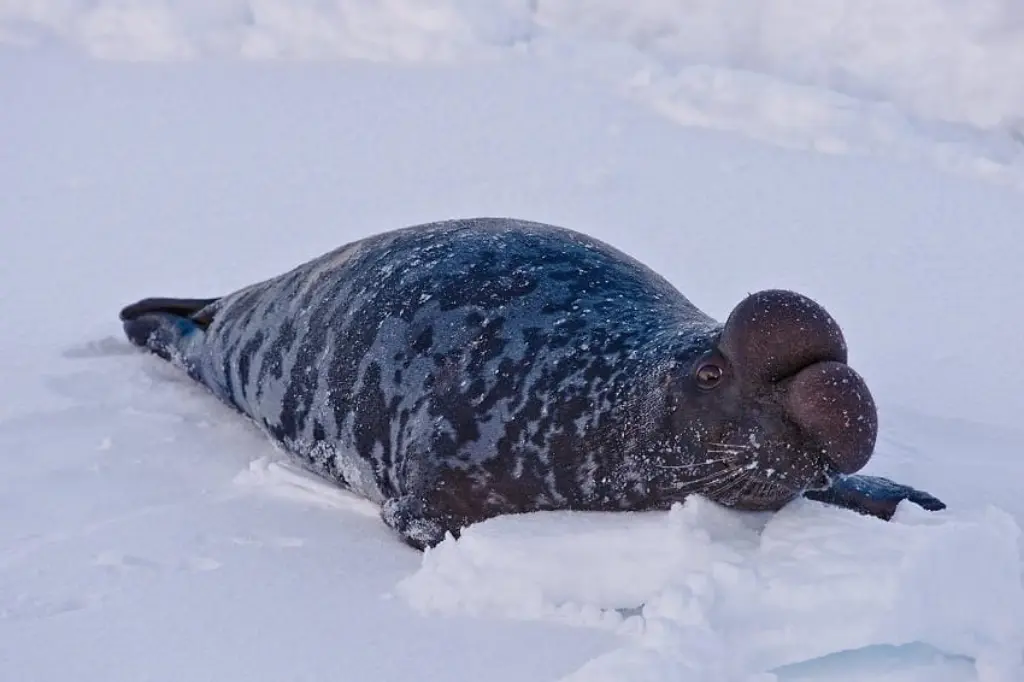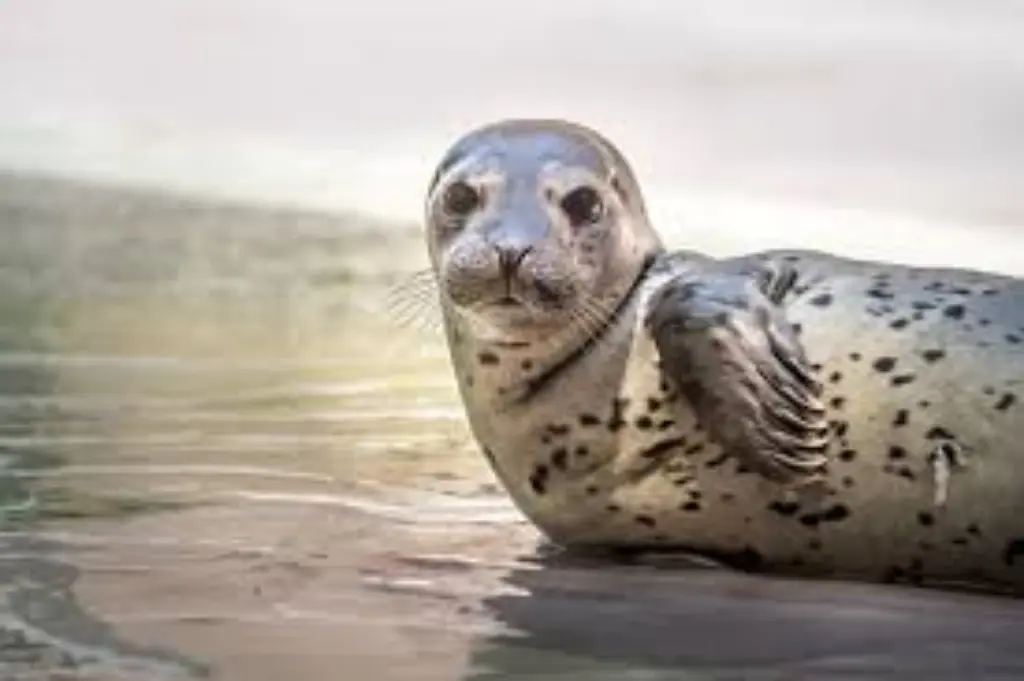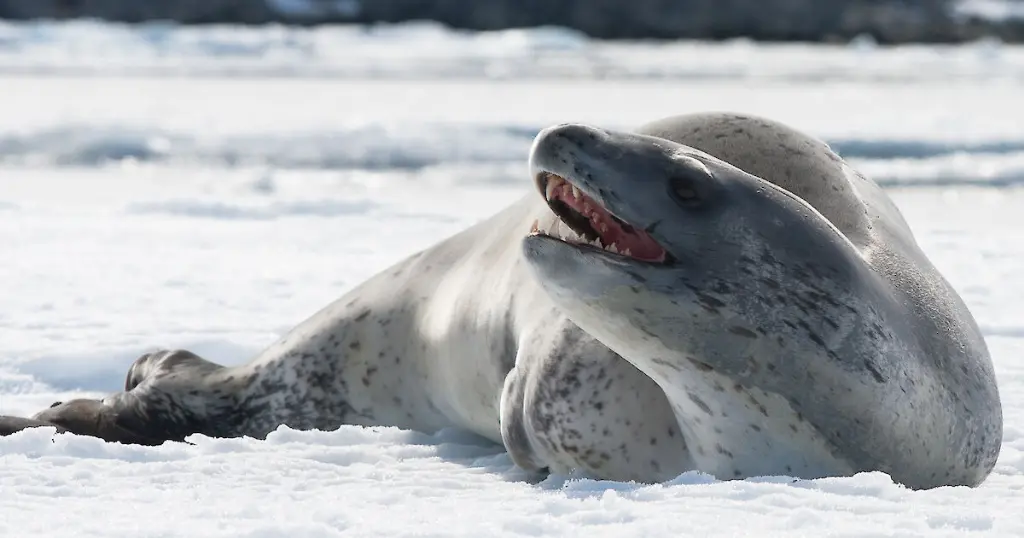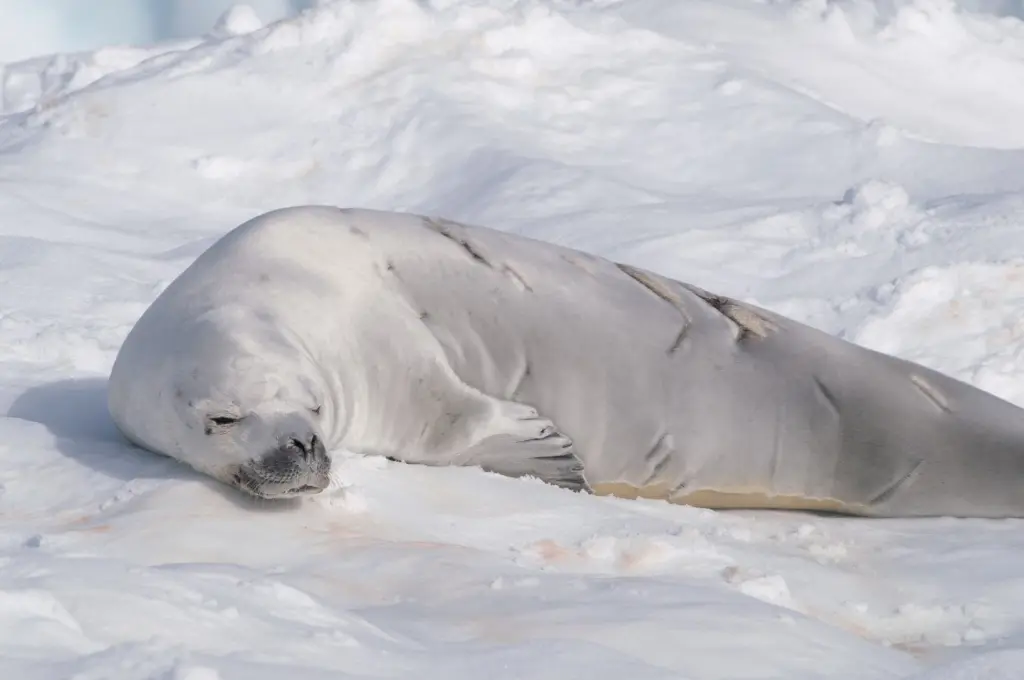Welcome! Let’s explore the fascinating world of the ringed seal (Pusa hispida). These adorable and resilient creatures call the Arctic and sub-Arctic regions home. In this article, we’ll uncover everything you need to know about their habitat, diet, behavior, and the challenges they face in a changing world.
What are Ringed Seals? An Introduction
Ringed seals are the smallest and most abundant seal species found in the Arctic. Their name comes from the distinctive ring-like markings on their fur, which are usually dark spots surrounded by lighter rings. Understanding these seals is crucial, as they are a vital part of the Arctic ecosystem.
Key Characteristics of the Ringed Seal
- Size: Typically 4 to 5 feet long and weighing between 110 to 250 pounds.
- Appearance: Dark fur with light-colored rings, which can vary significantly. Pups are born with white fur, which is molted after a few weeks.
- Lifespan: Average lifespan is around 25 to 30 years in the wild.
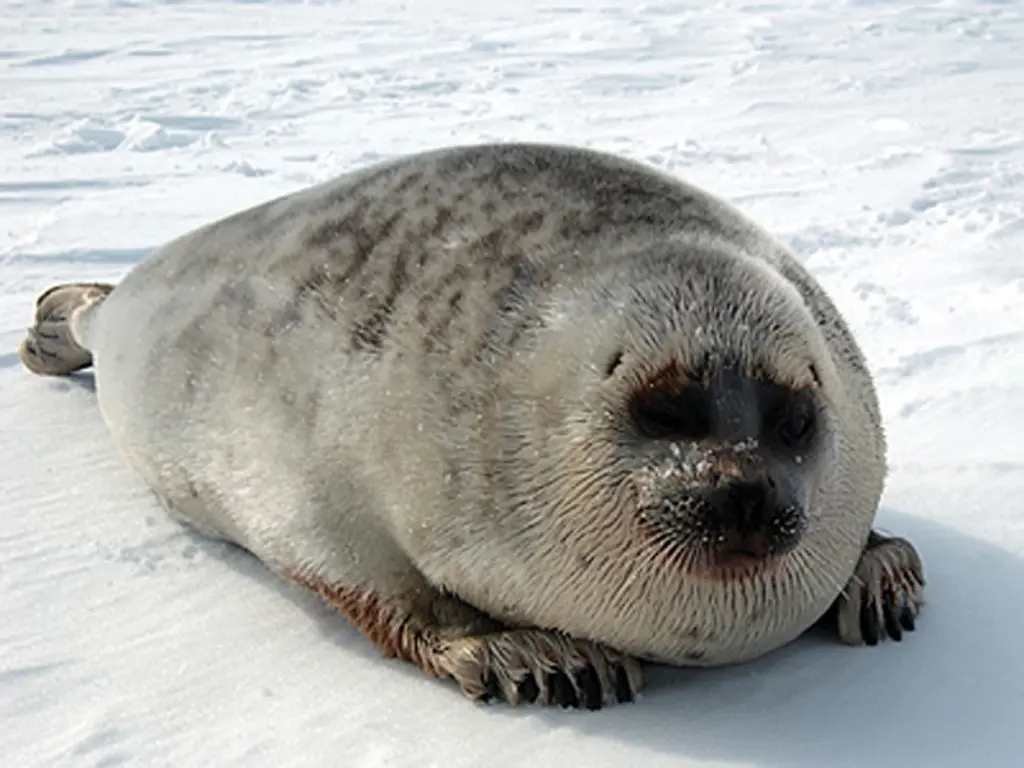
Habitat and Distribution: Where Do They Live?
Ringed seals have a wide distribution throughout the Arctic and sub-Arctic regions. They can be found in:
- Arctic Ocean
- North Atlantic Ocean
- North Pacific Ocean
- Baltic Sea
- Lakes Ladoga and Saimaa (unique freshwater populations)
They are highly adapted to life in icy conditions and are often found near ice floes and shorelines. Their ability to maintain breathing holes in the ice is a key to their survival.
Ice: The Cornerstone of Their Existence
Sea ice is absolutely essential for ringed seals. They use it for:
- Pupping: Mothers build lairs in the snow above the ice to protect their pups from predators and harsh weather.
- Resting: Seals haul out on the ice to rest and bask in the sun.
- Molting: During the molting season, seals need ice to safely shed their fur.
Diet and Hunting: What Do Ringed Seals Eat?
Ringed seals are opportunistic feeders and primarily consume:
- Small fish: Arctic cod, sculpins, and other small fish species are staples in their diet.
- Crustaceans: Amphipods, copepods, and other small crustaceans are also important food sources.
- Invertebrates: Occasionally, they will also consume other invertebrates found in the water column.
They hunt by diving and using their sensitive whiskers (vibrissae) to detect prey in the water. They can hold their breath for up to 45 minutes, allowing them to effectively hunt in deep waters.
Behavior and Social Structure: A Look into Seal Life
Ringed seals are generally solitary animals, except during the breeding season. They spend most of their time in the water, coming onto the ice to rest, molt, or give birth.
Breeding and Pupping
Breeding typically occurs in late winter or early spring. Females build snow lairs on the ice to protect their pups from the elements and predators. Pups are nursed for about 6 to 8 weeks, during which time they gain significant weight.
Threats and Predators
Ringed seals face several threats, including:
- Predation: Polar bears, arctic foxes, and killer whales (orcas) are their primary predators.
- Climate Change: Loss of sea ice due to climate change is a major threat to their survival. Reduced ice cover limits their ability to pup, rest, and find food.
- Pollution: Accumulation of pollutants in their tissues can negatively affect their health and reproductive success.
- Hunting: In some regions, ringed seals are hunted for subsistence purposes by indigenous communities.
Conservation Status and Efforts: Protecting Ringed Seals
The conservation status of ringed seals varies depending on the population. Some populations are considered stable, while others are facing significant declines due to climate change.
What Can Be Done to Help?
- Reducing Greenhouse Gas Emissions: Combating climate change is crucial for protecting ringed seals and their habitat.
- Supporting Sustainable Practices: Promoting responsible fishing and reducing pollution can help protect their food sources and environment.
- Research and Monitoring: Continued research and monitoring are essential for understanding their population dynamics and the impacts of climate change.
- Supporting Conservation Organizations: Organizations dedicated to Arctic conservation play a vital role in protecting ringed seals and their ecosystem.
Conclusion: Appreciating the Ringed Seal
The ringed seal is a remarkable animal that is uniquely adapted to life in the Arctic. Understanding their biology, behavior, and the challenges they face is essential for ensuring their survival in a rapidly changing world. By supporting conservation efforts and taking action to reduce our impact on the environment, we can help protect these amazing creatures for generations to come.

